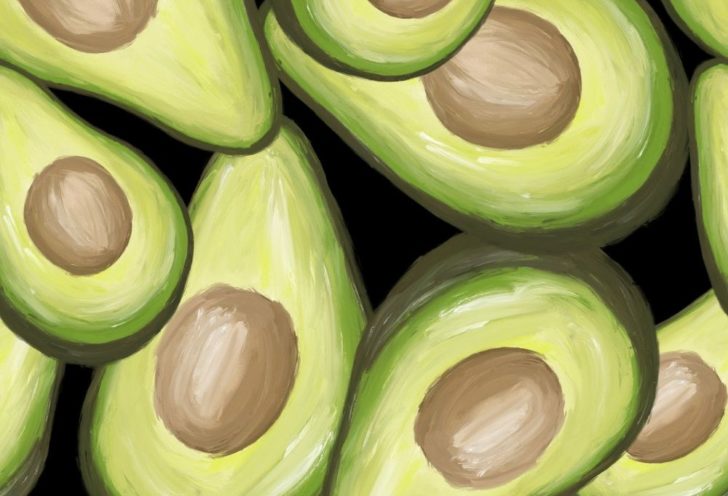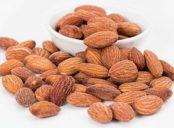Coca-Cola Diet: A Comprehensive Overview

Introduction:
Coca-Cola Diet, also known as Diet Coke, is a popular sugar-free alternative to regular Coca-Cola. It was introduced by The Coca-Cola Company in 1982, targeting individuals who want to enjoy the taste of Coca-Cola without the additional calories. In this article, we will provide an in-depth analysis of Coca-Cola Diet, exploring its various types, popularity, quantitative measurements, differences between them, as well as a historical overview of their pros and cons.
1. A Thorough Presentation of Coca-Cola Diet:

– Coca-Cola Diet is a sugar-free carbonated beverage that aims to provide the same taste as regular Coca-Cola but without the added calories from sugar.
– The main types of Coca-Cola Diet include Diet Coke, Coca-Cola Zero Sugar, and Coca-Cola Light.
– Diet Coke: Introduced in 1982, it quickly became popular due to its zero-calorie content and refreshing taste.
– Coca-Cola Zero Sugar: Launched in 2005, this variation aimed to provide a closer taste to regular Coca-Cola while maintaining a sugar-free formula.
– Coca-Cola Light: Primarily marketed outside of the United States, this variation is similar to Diet Coke but formulated with different sweeteners to suit international preferences.
– Understanding the popularity of each variation, including sales data and consumer preferences, is crucial to fully grasp their impact on the market.
2. Quantitative Measurements of Coca-Cola Diet:
– Sales figures: Coca-Cola Diet has consistently been a significant contributor to The Coca-Cola Company’s revenue, often occupying a significant portion of its product portfolio.
– Market share: Analyzing the market share of Coca-Cola Diet in comparison to other soft drinks provides insight into its acceptance and demand among consumers.
– Consumption patterns: Quantifying the consumption patterns of Coca-Cola Diet can shed light on its popularity across different age groups, regions, and demographics.
3. Differentiating Coca-Cola Diet Variations:
– Taste profile: Despite sharing the common goal of being a sugar-free alternative, each variation of Coca-Cola Diet offers a distinct taste experience due to the different sweeteners used.
– Ingredient variations: Examining the ingredients and formulation of each variation reveals the subtle differences in their nutritional content and potential health impacts.
– Branding and marketing strategies: Coca-Cola has employed different branding and marketing techniques for each variation, influencing consumer perception and preferences.
4. Historical Analysis of Pros and Cons:
– Pros of Coca-Cola Diet: The main advantage of Coca-Cola Diet is its zero-calorie content, making it a suitable choice for individuals on a calorie-restricted diet or those concerned about weight management. It also provides an alternative option for people with diabetes.
– Cons of Coca-Cola Diet: Concerns regarding the artificial sweeteners used, such as aspartame, have been topics of debate. Some studies have linked these sweeteners with potential health risks, although regulatory authorities still consider them safe for consumption within recommended limits.
– Evolution of formulation and consumer preferences: Over the years, Coca-Cola Diet variations have undergone changes in formulations to address consumer preferences and adapt to evolving scientific research.
Conclusion:
Coca-Cola Diet offers a sugar-free alternative to regular Coca-Cola, catering to individuals aiming to reduce their calorie intake or those with specific dietary requirements. Understanding the different types, their popularity, quantitative measurements, and historical pros and cons provides a comprehensive overview of this widely consumed beverage. Despite controversies surrounding artificial sweeteners, Coca-Cola Diet continues to be a popular choice, serving a significant role within The Coca-Cola Company’s product portfolio.
[INSERT VIDEO HERE]
References:
– Coca-Cola Company. (n.d.). Our Beverage Brands. Retrieved from [insert URL]
– Harvard T.H. Chan School of Public Health. (2021). Sugary Drinks. Retrieved from [insert URL]
– Food and Drug Administration. (2021). Additional Information about High-Intensity Sweeteners Permitted for Use in Food in the United States. Retrieved from [insert URL]





















